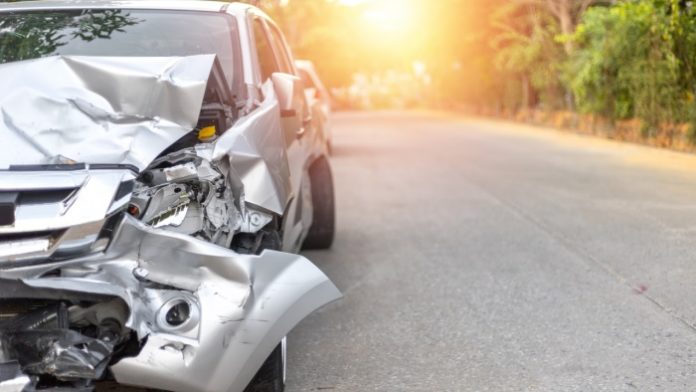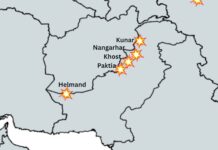New Delhi (NVI): More than 75 per cent of poor households in India reported a decline in their income as a result of a road traffic crash. The financial loss for the poor amounted to more than seven month’s household income, while it was equivalent to less than one month’s household income for rich households, according to a new report.
With the National Road Safety Month underway, the World Bank in association with the SaveLife Foundation, a national non-governmental organisation (NGO) focused on road safety, has released a comprehensive report on ‘Traffic Crash Injuries and Disabilities: The Burden on Indian Society.’
The report was today released by Transport Minister Nitin Gadkari.
The report highlights the disproportionate impact of a road crash on poor households that pushes them into a vicious cycle of poverty and debt.
It sheds light on the links between road crashes, poverty, inequality and vulnerable road users in India.
Post-crash impact among Low Income Households is more severe compared to High Income Households with incidence of fatality among poor households as high as 44% in rural areas compared to 11.6% in urban areas, the report by the World Bank stated.
The study interviewed around 2,500 respondents, including 1,647 respondents from low-income households, 432 from high-income households and 420 truck drivers in the four selected states (Uttar Pradesh and Bihar representing low-capacity states and Tamil Nadu and Maharashtra representing high-capacity states) across urban and rural areas.
The qualitative part of the study included focus group discussions with road crash survivors and their family members and in-depth interviews with adolescents aged 14-18 years.
In addition to this, the report brings out the sharp rural-urban divide and the disproportionate impact on women. The survey shows that the income decline for low-income rural households (56 percent) was the most severe compared to low-income urban (29.5 percent) and high-income rural households (39.5 percent).
About 50 percent of women were severely affected by the decline in their household income after a crash. About 40 percent of women reported a change in their working patterns post-crash, while around 11 percent reported taking up extra work to deal with the financial crisis.
Furthermore, the report stated that Lower Income Household (LIH) reported twice the numbers of deaths post-crash vis-à-vis High Income Household (HIH) adding that victims from LIH and rural areas are also twice more likely to suffer a disability after a crash than their HIH counterparts.
The study also documented low rates of access to insurance coverage and poor awareness related to legal compensation among truck drivers.
In addition to the financial losses, the report highlights the social impact of road traffic injuries. About 64 percent of low-income households reported a deterioration in their standard of living (more than twice reported by high-income households), while more than 50 percent reported mental depression post-crash.
India tops the world in road crash deaths (WHO, 2018), with more than 400 fatalities per day. India has 1% of the world’s vehicles but accounts for 11% of all road accident deaths and 6% of total road crashes, according to the ministry of road transport and highways.
In the last decade alone, road crashes have killed 1.3 million and injured over 5 million in India.
“We have taken a number of positive initiatives to reduce road crash deaths in India. With the support of all stakeholders in our society, I am committed to reducing road crash deaths by 50 percent by 2025,” Nitin Gadkari said during the release.
Meanwhile, Hartwig Schafer, World Bank Vice President for the South Asia region, said, “Road crashes can have a devastating and disproportionate impact on the poor, thrusting a family into deep poverty.”
“The World Bank is committed to supporting the Indian government in creating safety nets for poor households to ease their financial burden and help them cope with the sudden emergency linked to road crashes,” he added.
The report recommends making health infrastructure and coverage more accessible and inclusive; providing social security net for crash victims from low-income households through state support; creating an accessible legal framework for availing insurance and compensation for road crash victims.
It also recommends recognizing the gender impact of road crashes and addressing it through participative governance and special schemes for women; and strengthening post-crash support for children and young adults through state support.
-CHK








